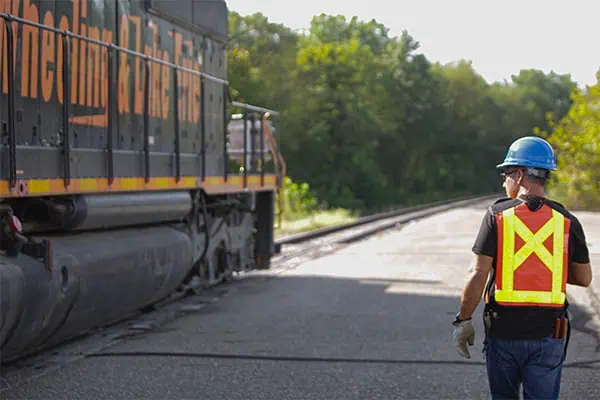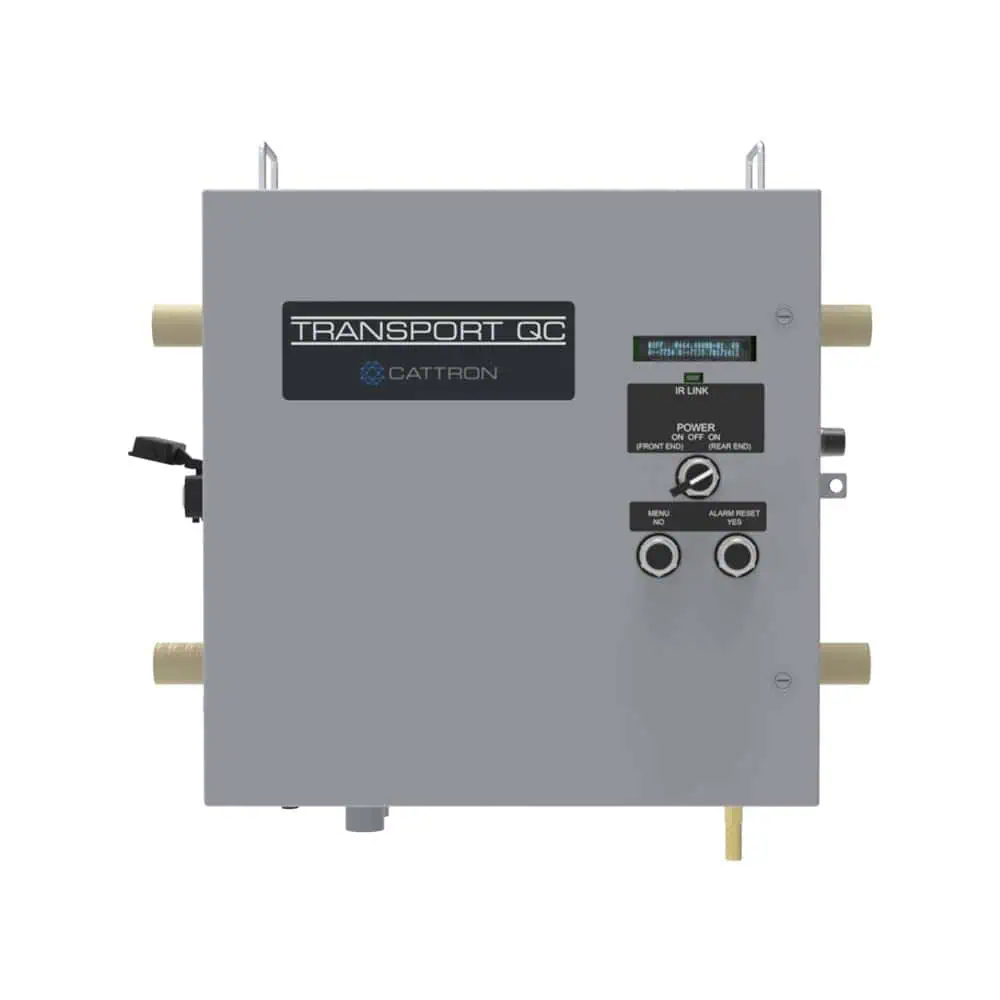Testing Confirms the “Quick” in the Transport Quick Connect Locomotive Remote Control System

The safety and efficiency of any rail operation are in a constant state of evaluation, challenging industrial plant rail operators to do more with less while not compromising the safety of their locomotive operators. This balancing act is one of the primary reasons our clients invest in locomotive remote control systems. It is a proven technology that reduces accidents and improves operator safety. At the same time, radio remote control optimizes productivity by reducing the number of operators required to operate each locomotive safely. Those operators can be redeployed to other activities, improving the overall efficiency of the operation.
For our clients in industrial plant rail operations, many of whom only have a few locomotives, the use of remote control is ideal but only sometimes practical. The application and frequency of use of the locomotives impact their ability to achieve ROI as quickly as desired. Many industrial clients turn to a portable locomotive remote control system. A portable system is designed for clients who have a few locomotives and need a system that enables them to convert a locomotive from manual to radio remote control quickly.
A portable system meets ROI expectations and improves operator safety. However, specific solution design requirements must be met to achieve these goals. This is where Transport QC distinguishes itself from other portable units. Here are some primary customer requirements that the Cattron engineering team built into the new system.

The locomotive control unit must be light enough to be safely and comfortably lifted by one or two operators.
The Transport QC enclosure weighs 65 pounds, making it light enough for one or two people to lift and install the system. Additional engineering improvements are being considered to reduce the weight even further. It is lighter and smaller than nearly all portable systems today.
The system needs to be installed in less than 10 minutes.
Based on recent field testing, Transport QC was installed in as little as five minutes, well below the initial projected requirements. Watch the timed installation video that shows the remote control system installed and activated in under five minutes.
The system must allow for an intuitive and straightforward installation process.
The design of Transport QC includes a patent-pending cradle that allows one person to quickly hang the cradle on the front or rear railing without needing any tools. The radio remote control enclosure installs quickly onto the cradle and has two securing points that hold the enclosure firmly in the cradle. No tools are required to secure the enclosure into the cradle. This simplicity of design, coupled with the lightweight machine control unit, makes it easy for nearly any operator to install the system.
The unit must be reliable enough to withstand the railyard environment and movement associated with relocating the system from locomotive to locomotive.
The Transport QC system was subjected to a series of AAR environmental testing. An independent accredited laboratory conducted testing and successfully passed all tests. In addition, Transport QC went through additional field testing to validate that these requirements were satisfied. We took the system to a client location, where the installation was completed while being observed and timed by the client. The installation took less than five minutes. Even the unique handrail configuration on the front of their locomotive was no match for the patented Transport QC bracket mounting.
Our continuous efforts to provide reliable locomotive remote control solutions are at the core of Cattron design principles. Transport QC was designed to offer the lowest cost of ownership for industrial plant rail operations and has the fastest installation time on the market, giving rail operators another reason to choose Cattron solutions as a key component of their critical safety systems.
